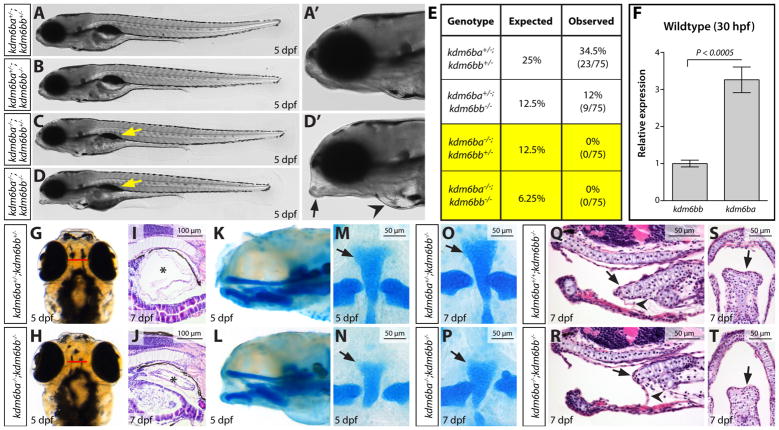Figure 3. Combined genetic deficiency of kdm6ba and kdm6bb causes pleiotropic larval development defects.
(A–D) Whole mount stitched DIC microscopy images of clutch mate 5 dpf larvae of the indicated genotypes. (A′ & D′) Zoomed anterior region of the control and kdm6ba−/−; kdm6bb−/− fish shown in A and D, respectively. Yellow arrows mark the absence of an inflated swim bladder. The black arrow and black arrowhead highlight the slack jaw and cardiac edema phenotypes, respectively, of a kdm6ba−/−; kdm6bb−/− larvae. (E) Viability table showing the expected versus observed adult genotype frequencies from kdm6ba+/−; kdm6bb+/− in-crosses. (F) Bar graph displaying relative kdm6ba and kdm6bb transcript levels in 30 hpf wildtype embryos. Data is normalized to rpl18 expression. P-value is from a Student’s two-tailed t-test with error bars showing one standard deviation. (G, H) Whole mount dorsal view of 5 dpf control and clutch mate kdm6ba/kdm6bb-deficient larvae. (I, J) H&E-stained sagittal sections through 7 dpf larvae centered on the swim bladder (asterisk). (K, L) Sagittal whole mount view of alcian blue stained 5 dpf larvae. (M–P) Flat mounts of alcian blue-stained 5 dpf (M, N) and 7 dpf (O, P) larvae of the indicated genotypes. Black arrows mark the basihyal cartilage. (Q–T) H&E-stained sagittal (Q, R) and coronal (S, T) midline sections through 7 dpf kdm6bb-null and kdm6ba/kdm6bb-double deficient larvae. Arrows indicate the basihyal cartilage and arrowheads point at the cartilage’s associated ligament. 50 or 100 μm scale bars are shown.

